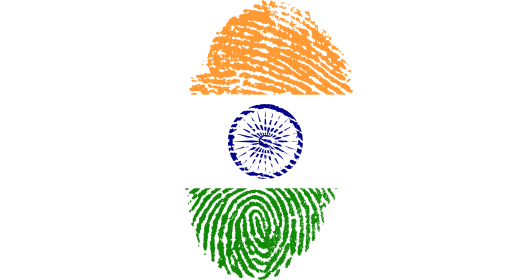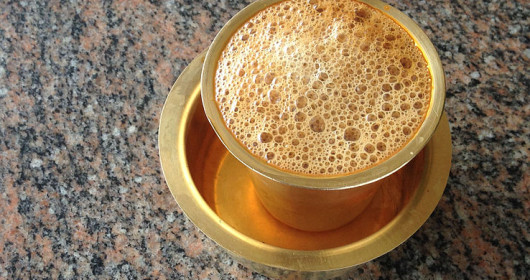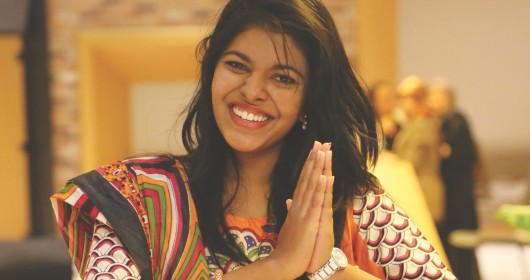Why I couldn’t relate to Hollywood Rom Coms for a long time?

It took me really long to relate to Hollywood films, especially coming from the South Asian culture where each word is exaggerated, interpreted and projected as something else. Most of the Hollywood film plots are driven by events unlike Indian films which are driven by thoughts or imagination.
Let’s take romantic films – Sleepless in Seattle – the bulk of the film is based in the chase of finding the person. There are set-ups initially which tell us that Tom Hanks’s and Meg Ryan’s character should get together and we root for them. But in Indian films, bulk of the time is spent in the audience vicariously living through the characters – for example, DDLJ – a lot of time is spent in the characters dreaming about each other, realizing that they like each other and then one character does everything to get to the love interest.
There is a lot of close focus on slight eye or lip movements which are suggestive rather than directly stating the goal, in Indian movies.
27 dresses as a Hindi movie would be really different, because characters in that have things to do other than falling in love. As a Hindi film, James Marsden’s character need not be a reporter who covers weddings, he could have just been a guy, doing anything and the love story would have happened anyway. A classic example of something similar is Hum Tum and here, that Saif Ali Khan’s character as a cartoonist had no bearing on the love story – both were independent of each other, and of course the cartoons were random and didn’t hold till the end.
In Hollywood films love happens as life goes on and in Indian films love takes over and life comes to a stop. Now this is what disconnected me from the emotions of Hollywood cinema, because somehow the ‘magic’ of love making the world go around isn’t highlighted in the way that Indian cinema chooses to highlight it. There need not be a movie called Serendipity, because every love story in Indian cinema is serendipitous.
Premam could perhaps never be a Hollywood film because the innocence of love maintained in the characters is somehow snatched away in Hollywood cinema. Nivin Pauly’s character would have been considered a stalker, and so would be Amol Palekar’s character from Choti si Baat. Following someone till where they live, not for causing harm, but just to know where your ‘love’ lives is an innocent, innocuous approach to a crush or love. In almost none of the Hollywood films do characters make excuses for meeting their love interest, but in Indian films, the characters wait, make a detailed explanation for being in the same area as their love interests, and as an audience we are privy to this scheming.
This almost seems like the two cultures experience emotions at completely different levels, because the focus of Indian cinema is on imagination rather than on doing. Friends with Benefits could never be consumed as Indian cinema because sex is an expression of love as portrayed by cinema, and not an end in itself. It is a pure expression of love and not just a bodily need, hence the focus of Indian cinema is on imagination and romance.
It’s not that Hollywood does not have romantic elements, it does – it’s at a bar where the couple sing together or the words on radio or having fun together and so on. There is an element of serendipity in all of this, but it happens – neither of the characters are waiting for it to happen. In most Indian films, the characters wait for something to happen which is magical, and they find it in someone.
But as times change, even in Indian cinema the characters are now leaning towards doing than imagining, which of course is more of an urban syndrome. Even today there are several places in India where boys and girls don’t talk to each other; that’s how cities were too, till the nineties. It is probably this change in our urban attitude that could have led me to start relating to Hollywood films, because My Best Friend’s Wedding or There’s Something About Mary were just strange to an Indian mind when they released.
Of course in Indian cinema, regional cinema perhaps comes close to representing reality, while maintaining the ‘purity’ of love unlike Bollywood which meanders in imagination, starkly different from its Hollywood counterpart. All of these differences in cinema seem to bring to light differences in cultures and out look more than anything else and with the economic liberalization, the context of Hollywood cinema has become much more palatable.





